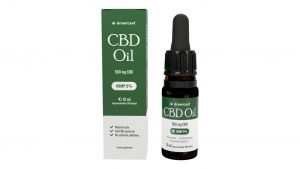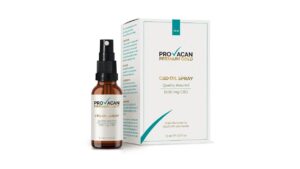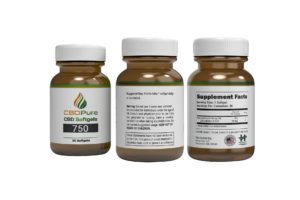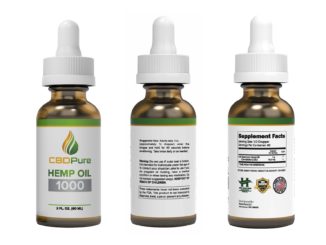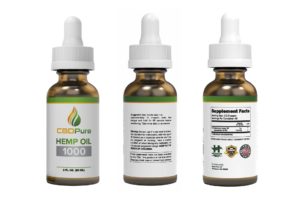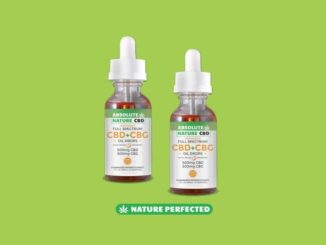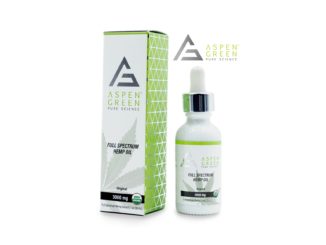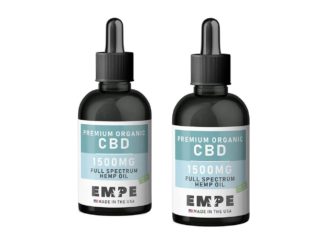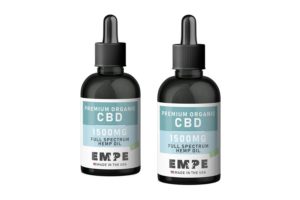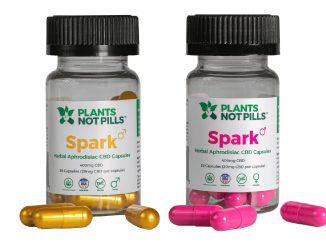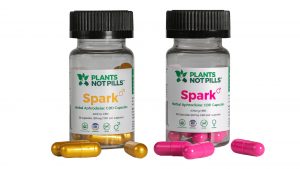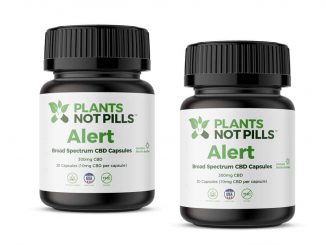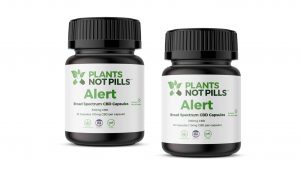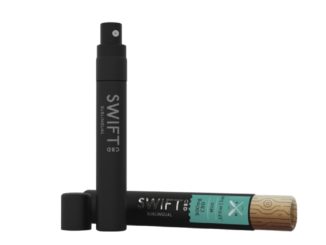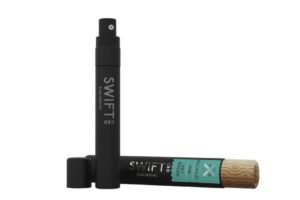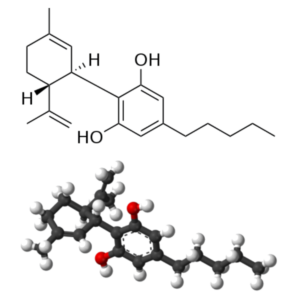The properties of CBD
Cannabidiol is a phytocannabinoid derived from Cannabis species, which is devoid of psychoactive activity, with analgesic, anti-inflammatory, antineoplastic and chemopreventive activities. Cannabidiol (CBD) exhibits antipsychotic and neuroprotective properties. Upon administration, cannabidiol (CBD) exerts its anti-proliferative, anti-angiogenic and pro-apoptotic activity through various mechanisms, which likely do not involve signaling by cannabinoid receptor 1 (CB1), CB2, or vanilloid receptor 1. CBD stimulates endoplasmic reticulum (ER) stress and inhibits AKT/mTOR signaling, thereby activating autophagy and promoting apoptosis. In addition, CBD enhances the generation of reactive oxygen species (ROS), which further enhances apoptosis. This agent also upregulates the expression of intercellular adhesion molecule 1 (ICAM-1) and tissue inhibitor of matrix metalloproteinases-1 (TIMP1) and decreases the expression of inhibitor of DNA binding 1 (ID-1). This inhibits cancer cell invasiveness and metastasis. CBD may also activate the transient receptor potential vanilloid type 2 (TRPV2), which may increase the uptake of various cytotoxic agents in cancer cells. The analgesic effect of CBD is mediated through the binding of this agent to and activation of CB1.
Cannabidiol (CBD) is a non-psychoactive cannabinoid, widely marketed to athletes for claimed effects such as decreased anxiety, fear memory extinction, anti-inflammatory properties, relief of pain and for post-exercise recovery.
More information on CBD on Eco Supplements: What is CBD?.
Overview of diseases for which CBD may have therapeutic benefits taken from Pisanti et al (2017)
Pisanti, S., et al., Cannabidiol: State of the art and new challenges for therapeutic applications. Pharmacol Ther, 2017. 175: p. 133-150.
| Disease | Effects |
|---|---|
| Alzheimer’s disease | Antinflammatory, antioxidant, antiapoptotic in in vitro and in vivo models of Aβ-evoked neuroinflammatory and neurodegenerative responses. |
| Parkinson’s disease | Attenuation of the dopaminergic impairment in vivo; neuroprotection; improvement of psychiatric rating and reduction of agitation, nightmare and aggressive behaviour in patients. |
| Multiple sclerosis | Improved signs of EAE in mice, antinflammatory and immunomodulatory properties. |
| Huntington’s disease | Neuroprotective and antioxidant in mice transgenic models; no significant clinically important differences in patients. |
| Hypoxia-ischemia injury | Short term neuroprotective effects; inhibition of excitotoxicity, oxidative stress and inflammation in vitro and in rodent models. |
| Pain | Analgesic effect in patients with neuropathic pain resistant to other treatments. |
| Psychosis | Attenuation of the behavioural and glial changes in animal models of schizophrenia; anti-psychotic properties on ketamine-induced symptoms. |
| Anxiety | Reduction of muscular tension, restlessness, fatigue, problems in concentration, improvement of social interactions in rodent models of anxiety and stress; reduced social anxiety in patients. |
| Depression | Anti-depressant effect in genetic rodent model of depression. |
| Cancer | Antiproliferative and anti-invasive actions in a large range of cancer types; induction of autophagy-mediated cancer cell death; chemopreventive effects. |
| Nausea | Suppression of nausea and conditioned gaping in rats. |
| Inflammatory diseases | Antinflammatory properties in several in vitro and in vivo models; inhibition of inflammatory cytokines and pathways. |
| Rheumatoid arthritis | Inhibition of TNF-α in an animal model. |
| Infection | Activity against methicillin-resistant Staphylococcus aureus. |
| Inflammatory bowel and Crohn’s diseases | Inhibition of macrophage recruitment and TNF-α secretion in vivo and ex vivo; reduction in disease activity index in Crohn’s patients. |
| Cardiovascular diseases | Reduced infarct size through anti-oxidant and anti-inflammatory properties in vitro and in vivo. |
| Diabetic complications | Attenuation of fibrosis and myocardial dysfunction. |



























































